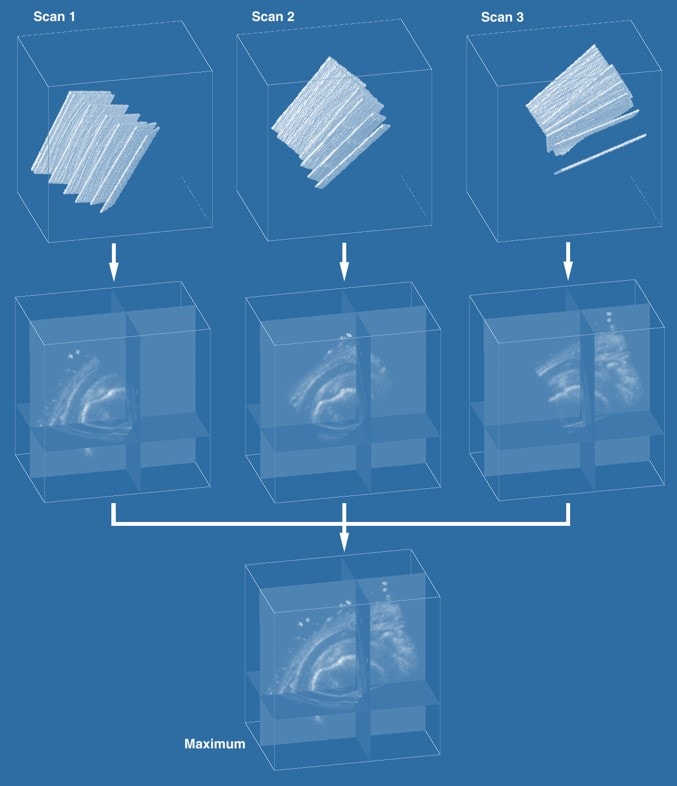Shoulder Surgery Alternatives: Measuring How Stem Cells Heal Rotator Cuff Tears
How do we measure the shoulder surgery alternatives that we’ve been using for years? We have great experience in helping patients avoid surgery by treating rotator cuff tears by an exacting injection of the their own stem cells. We’ve seen good evidence on pre and post MRI and ultrasound images of healing rotator cuff tears after we’ve injected stem cells. After the holidays I’ll release our shoulder rotator cuff tear data for 2013. It’s looking excellent, but we have had to beat the bushes to get more 12, 18, and 24 month patients to respond. So if you’re 1-2 years out from your last rotator cuff stem cell injection, fill out your questionnaires! In the meantime, we’re recruiting for our randomized controlled trial so that we can put more formal research metrics behind our clinical observations. In that trial, we’re using a novel method of looking at the rotator cuff that I’d like to highlight. It’s called 3D volume acquisition.
An MRI of the shoulder is a good way to look for rotator cuff tears, but it has the downside of being a picture taken lying face up in a tube. An ultrasound image actually has about 10 times the resolution of an MRI for most of the rotator cuff and can be performed with the patient seated (more functional) and with their arm in various positions (like real life), but what you see is highly dependent on how you hold the probe. On the other hand, an MRI gives you neat little slices you can flip through, which is an easier way to match up before and after images. The compromise? 3D volume acquisition through ultrasound.
For our shoulder rotator cuff stem cell study, we use a high end GE ultrasound to sweep over the rotator cuff. The machine records the entirety of the rotator cuff as a block of data in 3D. We can then give that data to a blinded radiologist who will be able to “fly through it” to look at the rotator cuff tear in any direction he wants (sideways, longways, from the top or bottom). This greatly enhances our ability to see if the stem cells caused any healing and to be able to quantify that healing for the study.
The upshot? If you know someone who has a rotator cuff tear and is interested in being part of a free of charge study, contact us. We’ve been treating these tears for years with an exacting injection of stem cells under ultrasound guidance into the tear areas. In addition, through 3D volume acquisition we’ll be able to quantify if we were able to heal their tear.

If you have questions or comments about this blog post, please email us at [email protected]
NOTE: This blog post provides general information to help the reader better understand regenerative medicine, musculoskeletal health, and related subjects. All content provided in this blog, website, or any linked materials, including text, graphics, images, patient profiles, outcomes, and information, are not intended and should not be considered or used as a substitute for medical advice, diagnosis, or treatment. Please always consult with a professional and certified healthcare provider to discuss if a treatment is right for you.
